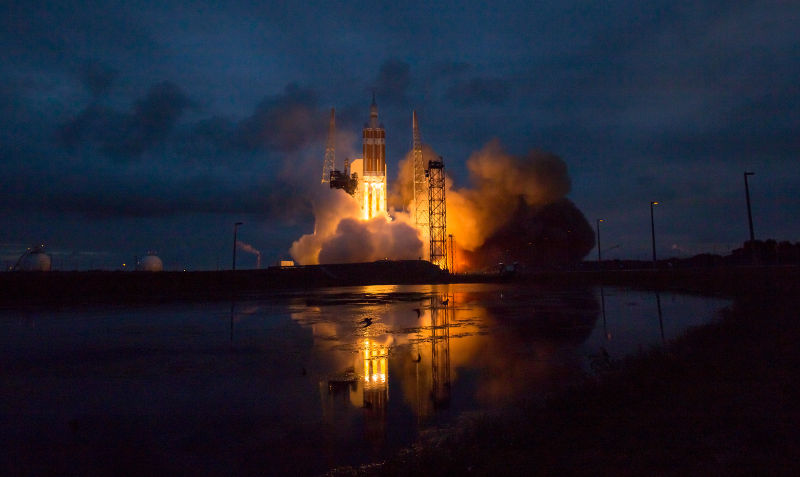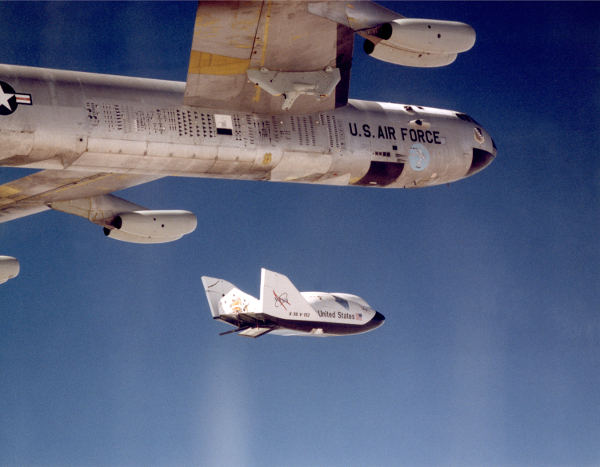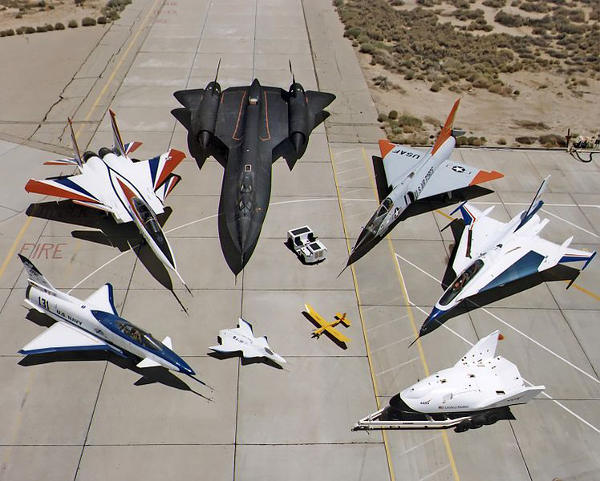This is a Theodore von Kármán Lecture Series talk, held last November at NASA’s Jet Propulsion Laboratory in Pasadena, California. It addressed some of the key aspects to NASA’s “Asteroid Redirect Robotic Mission” as it looks to take human space travel to a new level by breaking out of the recent low Earth orbit missions. This talk was given by a long time veteran of the Jet Propulsion Lab, Brian Muirhead who is currently the Chief Engineer at JPL. Discussion included what is involved in planning a mission to the asteroid belt, possible target asteroids to capture, how to bring the asteroid back to orbit around the Moon for study, space craft design, propulsion, planetary defense techniques, robotic technologies required for such endeavours, and much more.
Tag Archives: nasa
Mighty Orion’s first space launch

After being delayed by a day, the United Launch Alliance Delta IV Heavy rocket with NASA’s Orion spacecraft successfully launched from the US Air Force’s space complex at Cape Canaveral. The powerful rocket system helped the unmanned spacecraft conduct its maiden voyage which included traveling 3,600 miles (5,800 kilometers) from Earth before Orion’s 4.5 hour journey ended with a splashdown and successful recovery in the Pacific Ocean. This inaugural test was used to validate the Multi-Purpose Crew Vehicle’s (MPCV) all important heat shield and some of the avionics for a spacecraft that NASA hopes will one day allow manned missions to Mars, asteroids and possibly deeper into space. Continue reading
X-38 Crew Return Vehicle

The X-38 Crew Return Vehicle (CRV) was a prototype wingless lifting body reentry vehicle to be used with the International Space Station (ISS). This picture shows a test from 1999 where the X-38 CRV was dropped from one of the wing pylons of NASA’s B-52 mothership aircraft (tail number 008 and in a role very atypical of the BUFF) based out of the Dryden Flight Research Center. Two full and one partial X-38 prototypes were built before development of this CRV was cancelled in 2002.
Are we alone?
This RT report is about a NASA event which occurred in Washington this week, discussing the time and technology needed to find life outside of Earth. Among the group of top NASA scientists presenting to the American space agency’s head, Charles Bolden, were Sara Seager, Kevin Hand, John Grunsfeld, Matt Mountain and Ellen Stofan. What makes these scientists so confident is the upcoming generation of space telescopes like the James Webb Space Telescope, which are greatly increasing our ability to explore the universe and answer the age old question of “Are we alone?“
NASA’s research aircraft
NASA has played a very important role with the United States Air Force, Navy and commercial military/aerospace companies in researching flight dynamics, propulsion, special materials, aircraft design, etc.

This NASA photo includes an interesting cross section of its research aircraft. Starting on the left and going clock wise, the major aircraft are:
Rockwell-MBB X-31
The Rockwell-Messerschmitt-Bölkow-Blohm X-31 was a test platform designed for validating thrust vectoring engine technology for DARPA, NASA and the German Aerospace Center (DLR). Two X-31 Enhanced Fighter Maneuverability planes were built and 500 test flights were conducted between 1990-95.
McDonnell Douglas F-15 STOL
The F-15 STOL/MTD (Short Takeoff and Landing/Maneuver Technology Demonstrator) was a modified F-15 Eagle. This technology demonstrator was used by NASA and the US Air Force to study thrust vectoring and maneuverability. The single testbed was later used for the F-15 ACTIVE (Advanced Control Technology for Integrated Vehicles) to further study enhanced aircraft maneuverability.